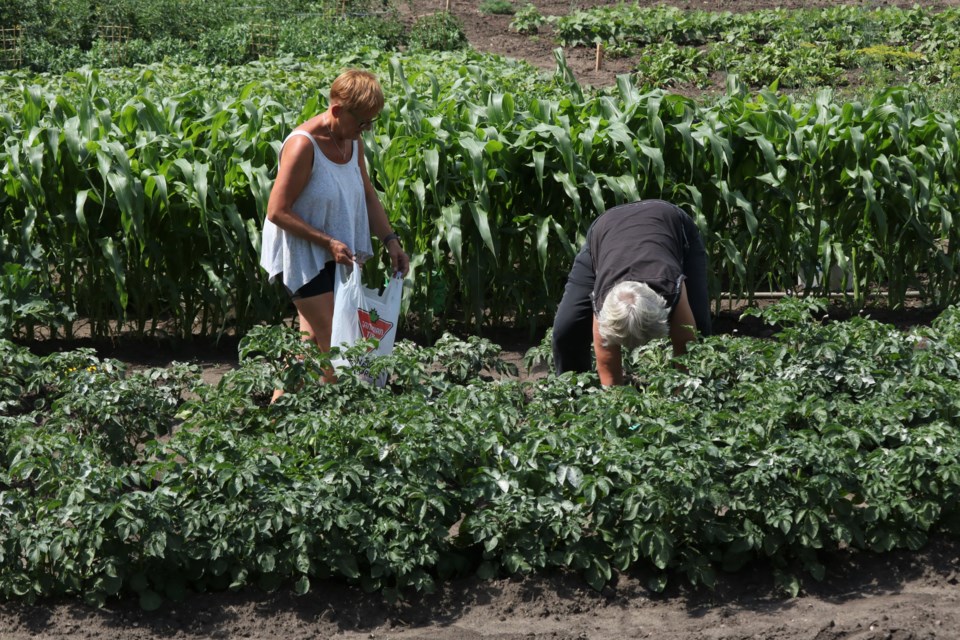YORKTON - Garden tasks are mostly done; until the weather changes we can still putter out there, and we have not had a very heavy frost yet, though that might even change by the time you read this. But for now, let’s review. This year’s garden cleared off? Check. Flowers in containers pulled out? Check. Containers stacked and ready for spring? Check. Garden tools cleaned and put away? Check. Some yard clean-up done? Check. (Notice I said ‘some’. As always, I encourage you to leave some seedheads on perennials, and some leaves unraked in quiet corners, to give shelter and protection for beneficial bugs who may be over-wintering in our gardens. But do remove diseased stems and foliage). Did you plant bulbs? Check.
Visit the Nature Conservancy of Canada (natureconservancy.ca) for more tips on their website page entitled “10 Things You Can Do In The Fall To Maintain A Healthy Garden”. I’ll quote a few to you now: “Water needle-leaved conifers (like pines, firs, spruces and cedars) and broad-leaved evergreens (such as rhododendrons) well into the fall. This ensures that they will be well hydrated before the ground freezes… If possible, leave the leaves on your lawn, as well as old brush piles or plant stalks. Pollinators and other wildlife can use them for shelter over the winter. If you do rake them, put them in your gardens where they can help to enrich the soil and provide habitat…. Stake young and newly planted trees. Fall can produce some blustery weather in most parts of Canada and staking will help prevent damage from high winds or heavy wet snow, which can occur later in the season.”
All good points to add to our “check” list. Check the site for more garden reading.
Coming up soon on our ‘to do’ list will be wrapping any cedar or spruce trees that may need wrapping. This is not essential in trees that are well established, but if we have new cedars or cedars that are in a more vulnerable location, like near a windy corner of the house, wrapping may be a good idea.
When our cedars turn brown, it is not from the cold but from loss of moisture in the needle tissue. In winter, the tree is still alive, and winter winds and sunscald from sunlight blazing off the snow can make the plant’s moisture disappear quickly. Because the ground is fro-zen, the plant is not able to obtain moisture from the earth ( a good explanation of why we water them well now), so the plant begins to suffer.
But timing is everything. We don’t want to wrap them too early because they will not realize that the growing season is over, and will get warm beneath the burlap, a difficult way for them to suddenly face very cold temperatures. I have read that we should wait until snow comes, and stays. Then we can wrap our cedars loosely. Loosely! Sometimes you see the poor plants wrapped so tightly that you wonder if they will be misshapen when spring ar-rives and they are unbound. They just need a loose wrapping secured around them. The wrapping can stay on until frost is almost over in the spring. Unwrapping too early can cause scalding or browning at the other end of the season.
The Yorkton and District Horticultural Society will be having their AGM, for members only, and then there will not be any meetings till March 2025. Details will follow. Till then, visit us at www.yorktonhort.ca. Thank you to our friends at YTW for their continuing great work.
Good luck with your garden tasks; spend some time outdoors each day! Have a good week.






